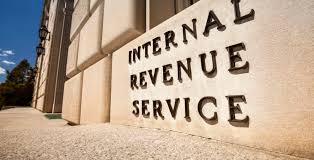If you did not get the first and/or second stimulus payments and you qualify based on your income level, then, you still have a chance to receive that money when you file your 2020 tax return. Inside the 2020 tax return, you have to report if you received those payments and the monetary amount. If you qualify and did not receive any money, then, you will receive that amount as a Recovery Rebate Credit in your 2020 tax return.
Link Recovery Rebate Credit – https://www.irs.gov/newsroom/recovery-rebate-credit
Please, see some official information from the IRS regarding this topic:
The IRS announced today that, as required by law, all legally permitted first and second round of Economic Impact Payments have been issued and the IRS now turns its full attention to the 2021 filing season.
The legislation required that the second round of payments be issued by Jan. 15, 2021. While some second round Economic Impact Payments may still be in the mail, the IRS has issued all first and second Economic Impact Payments it is legally permitted to issue, based on information on file for eligible people.
Most people who are eligible for the Recovery Rebate Credit have already received it, in advance, in these two rounds of Economic Impact Payments. If individuals didn’t receive a payment – or if they didn’t receive the full amounts – they may be eligible to claim the Recovery Rebate Credit and must file a 2020 tax return. Eligibility for and the amount of the Recovery Rebate Credit are based on 2020 tax year information while the Economic Impact Payments were based on 2019 tax year information.
Individuals will need to know the amounts of any Economic Impact Payments they received to claim the Recovery Rebate Credit.
To avoid refund delays, the IRS urges people to file a complete and accurate tax return. Filing electronically allows tax software to figure credits and deductions, including the Recovery Rebate Credit


